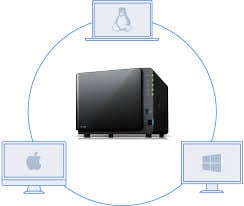this post was submitted on 28 Nov 2023
94 points (96.1% liked)
Linux
48199 readers
961 users here now
From Wikipedia, the free encyclopedia
Linux is a family of open source Unix-like operating systems based on the Linux kernel, an operating system kernel first released on September 17, 1991 by Linus Torvalds. Linux is typically packaged in a Linux distribution (or distro for short).
Distributions include the Linux kernel and supporting system software and libraries, many of which are provided by the GNU Project. Many Linux distributions use the word "Linux" in their name, but the Free Software Foundation uses the name GNU/Linux to emphasize the importance of GNU software, causing some controversy.
Rules
- Posts must be relevant to operating systems running the Linux kernel. GNU/Linux or otherwise.
- No misinformation
- No NSFW content
- No hate speech, bigotry, etc
Related Communities
Community icon by Alpár-Etele Méder, licensed under CC BY 3.0
founded 5 years ago
MODERATORS
you are viewing a single comment's thread
view the rest of the comments
view the rest of the comments

If you want the lowest latency, you could try NBD. It's a block protocol but with less overhead compared to iSCSI. https://github.com/NetworkBlockDevice/nbd/tree/master
Like iSCSI, it exposes a disk image file, or a raw partition if you'd like (by using something like
/dev/sda3or/dev/mapper/fooas the file name). Unlike iSCSI, it's a fairly basic protocol (the API is literally only 9 commands). iSCSI is essentially just regular SCSI over the network.NFS and SMB have to deal with file locks, multiple readers and writers concurrently accessing the same file, permissions, etc. That can add a little bit of overhead. With iSCSI and NBD, it assumes only one client is using the file (because it's impossible for two clients to use the same disk image at the same time - it'll get corrupted) and it's just reading and writing raw data.